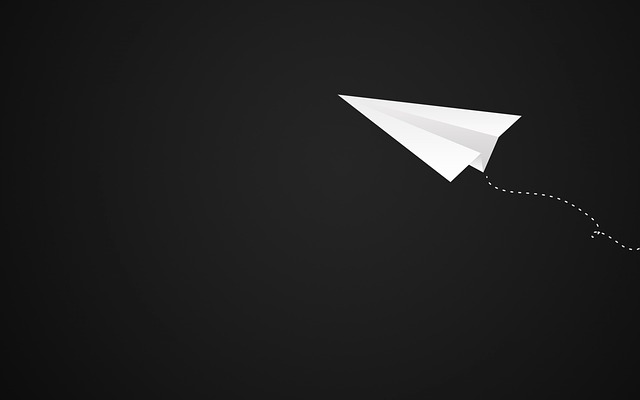
Do you remember what it was like to fold a paper airplane? You fold the corners in on an angle so that there is a pointy end; fold the sides down into wings and there it is. A sheet of paper transformed into an airplane. And it flew! Well,…mostly.
Now, unfold the airplane and what do you see? The paper no longer lays flat; it retains the creases. Then, using the same paper, fold a new airplane but with the pointy end on the other side. You’ll find that the creases work against you. The paper fights your efforts because it already has a shape and it wants to keep its original shape. That’s the dilemma with habits from the perspective of the brain.
Think of your office. What habits are embedded in the organization that are no longer serving the organization? The habits will show up as processes, routines (formal or informal) and ways of doing business. The organization has folded its own paper airplane and the creases in the paper are pronounced. For example, a team I managed years ago, learned over the years to put every new roadway sign or pavement marking through a long, arduous process guaranteed to take years. The individual and organizational brain was folded into a specific paper airplane and the creases were deeply formed. If we were to introduce innovation in the process, we had to unfold the old airplane and refold a new plane on top of the old one. Just as with the paper, the brain resists new folds. So, what’s an insightful manager to do? Think like a paper airplane.
Commit. To develop a new habit, commit to it. Refold the paper airplane with conviction; otherwise, the paper defaults into the hold pattern. You must be clear and specific about the behavior you wish to see. Make it as easy as possible for their brains to take the new pathways because the brain prefers the old paths – just as the paper more easily falls into the original folds. In my example, the team talked at length about a new streamlined process: how it would look, what steps were included; what decisions would be made along the way. Commit to the new habit.
Focus. You can’t remake every habit so focus on a high impact one. Remaking a habit is hard work. It requires considerable brain energy to use new pathways. Consequently, you are more likely to be successful if you focus on one change at a time. This allows the brain to use all available energy to remember the new approach and choose it.
Repeat and reward. Creating new habits requires effort and repetition. If you refold a paper airplane in a new way, you may run a fingernail along the new creases so that the paper more easily follows the new path. It’s the same for creating new habits with your staff. Reinforce, reward, and repeat the new habits over and over and over until you’re tired of hearing yourself talk it. Then you may be getting through. You, as the astute leader, must maintain the vision and constantly talk about the new approach.
So, go ahead. Grab a piece of paper and make a paper airplane. You know you want to! As you do, think about a new habit that would benefit your organization. With each fold of the paper, consider the behavior do you want to see. Can you articulate it? How will you reinforce it every day for months and years? It takes commitment, focus, repetition and reward to bring about the new habit. But once you have it – you’ll fly!





